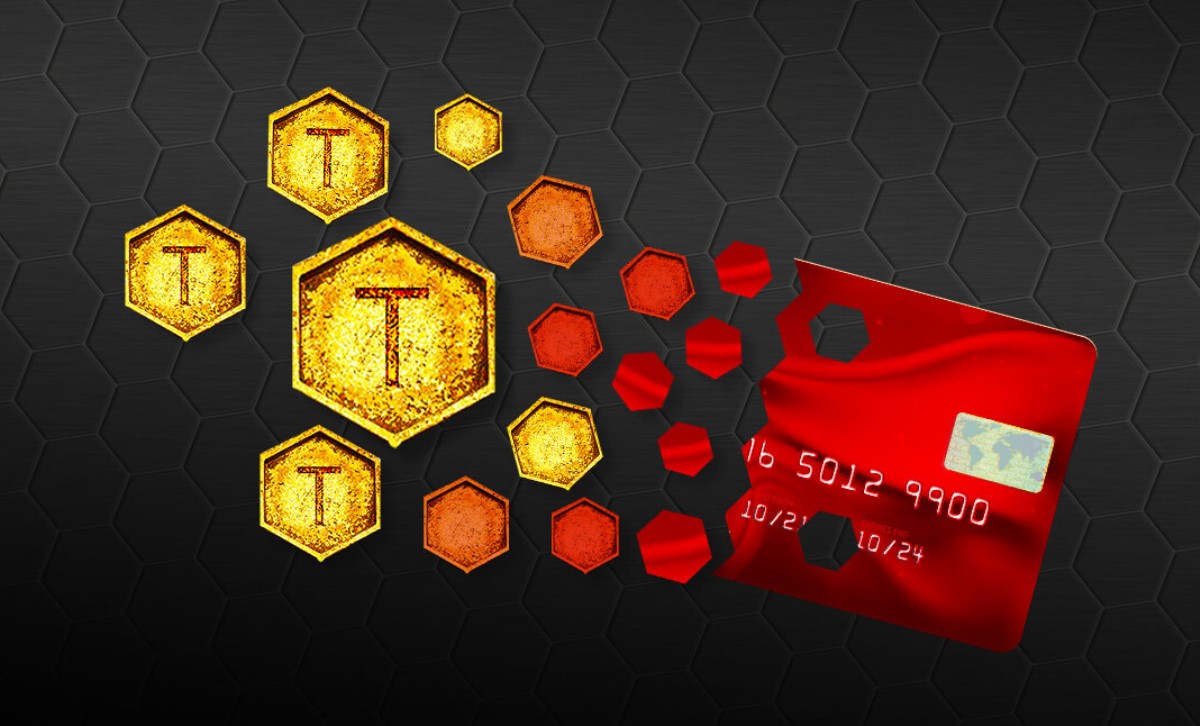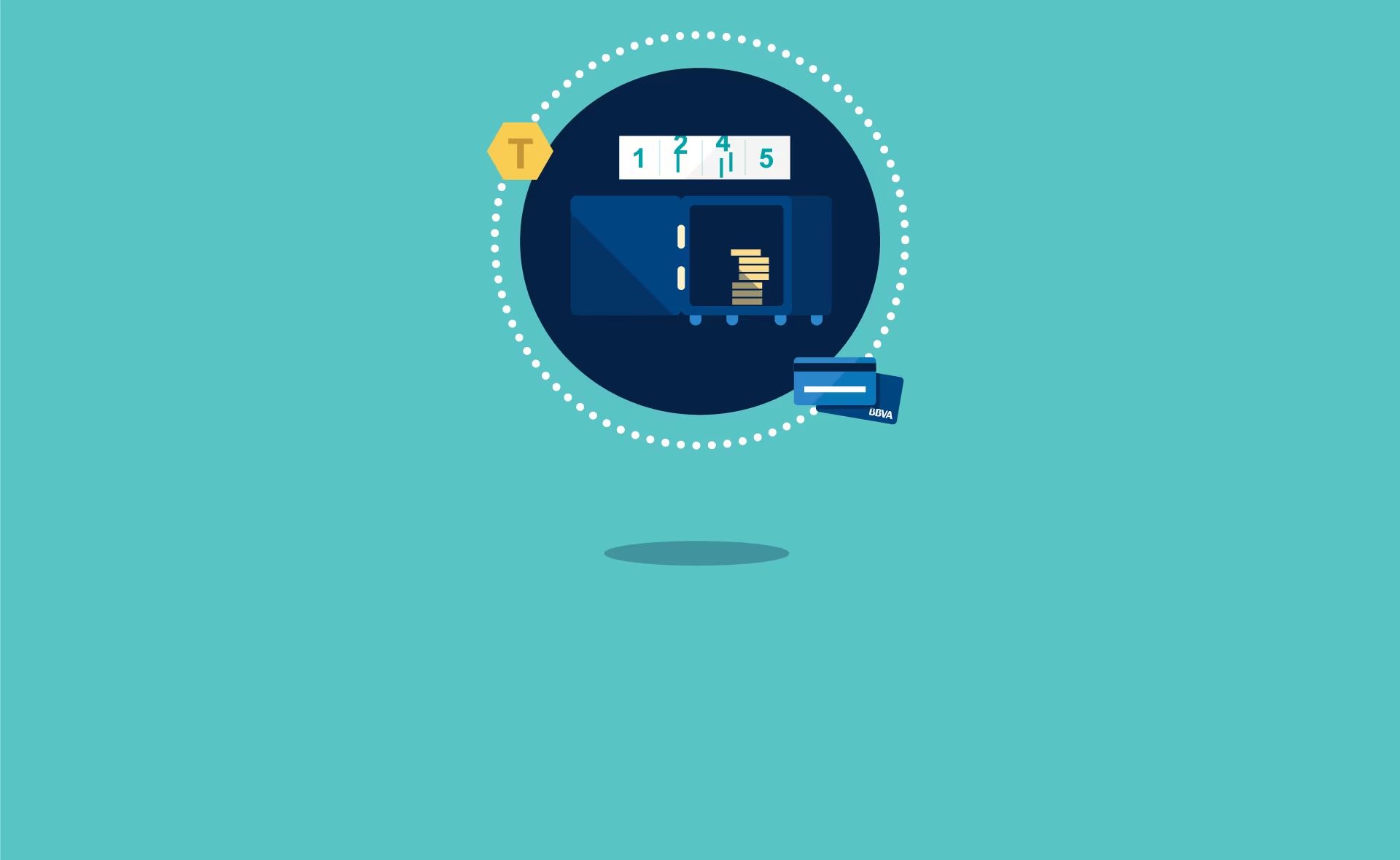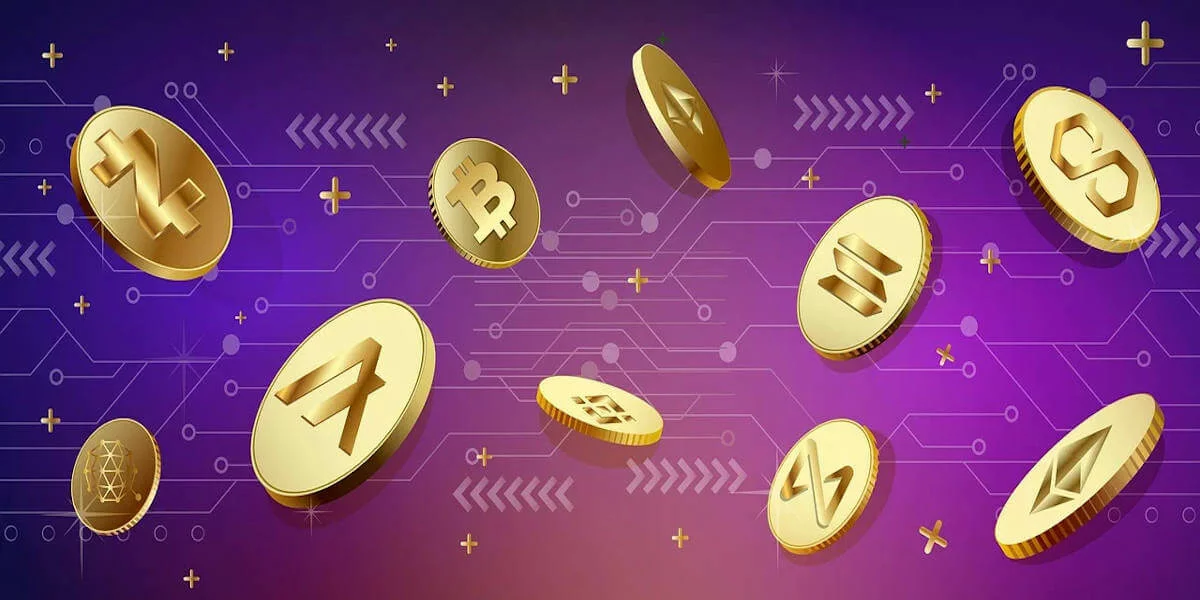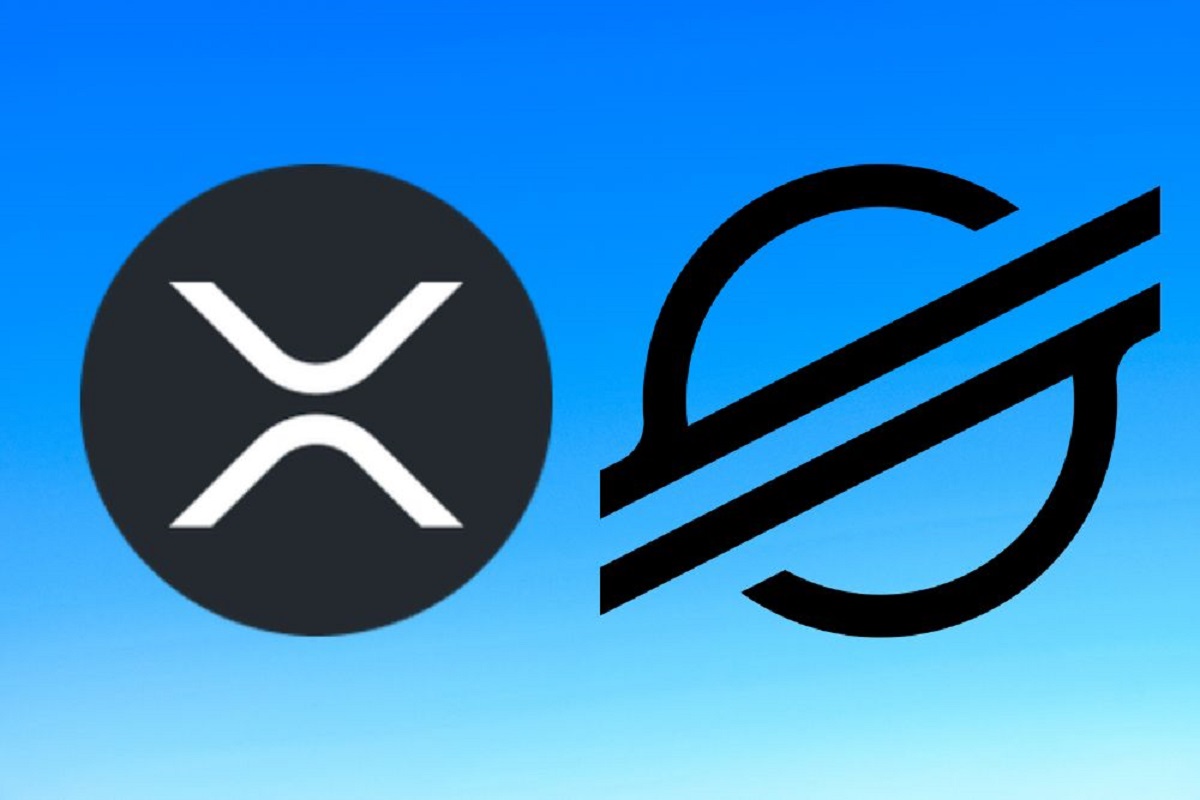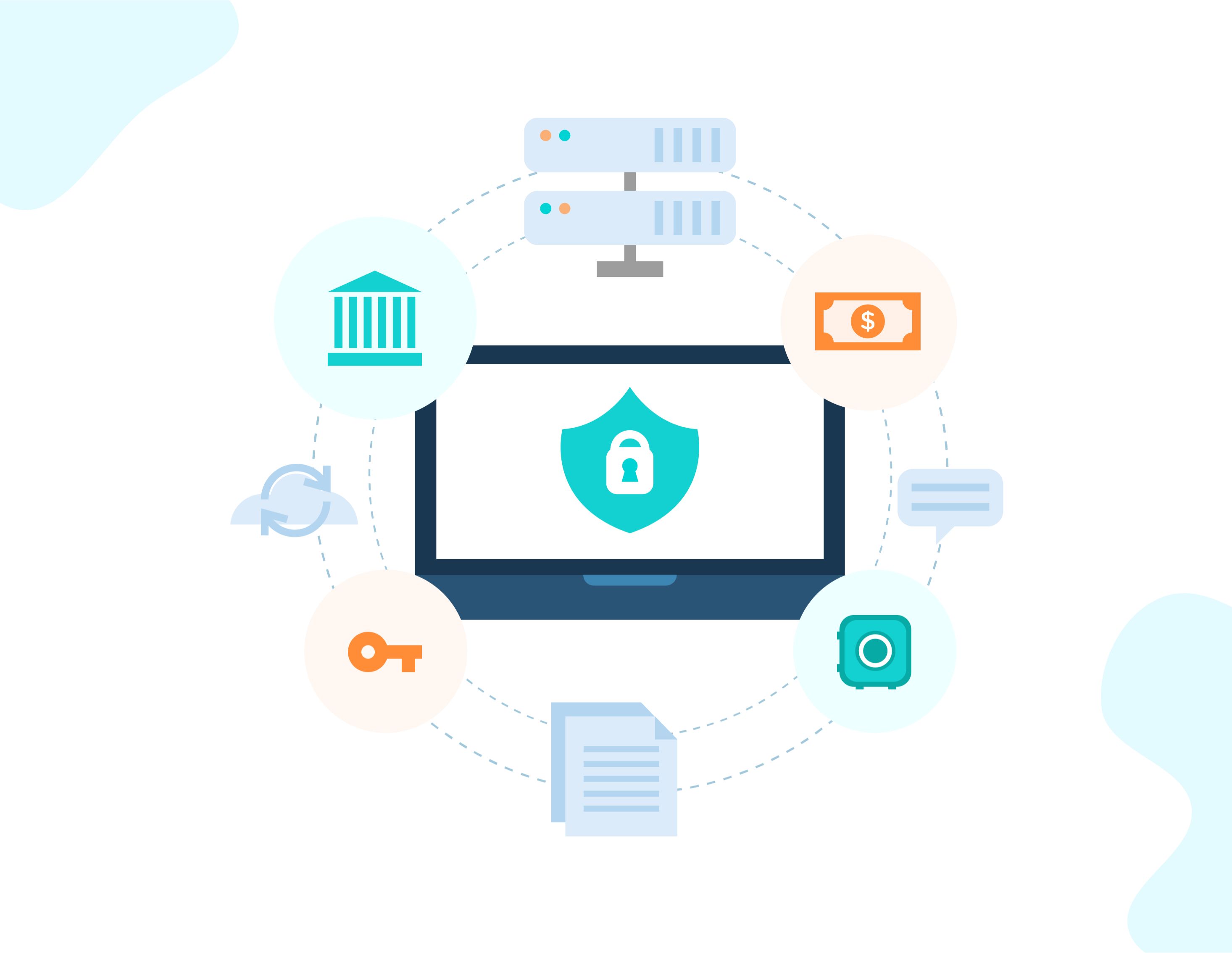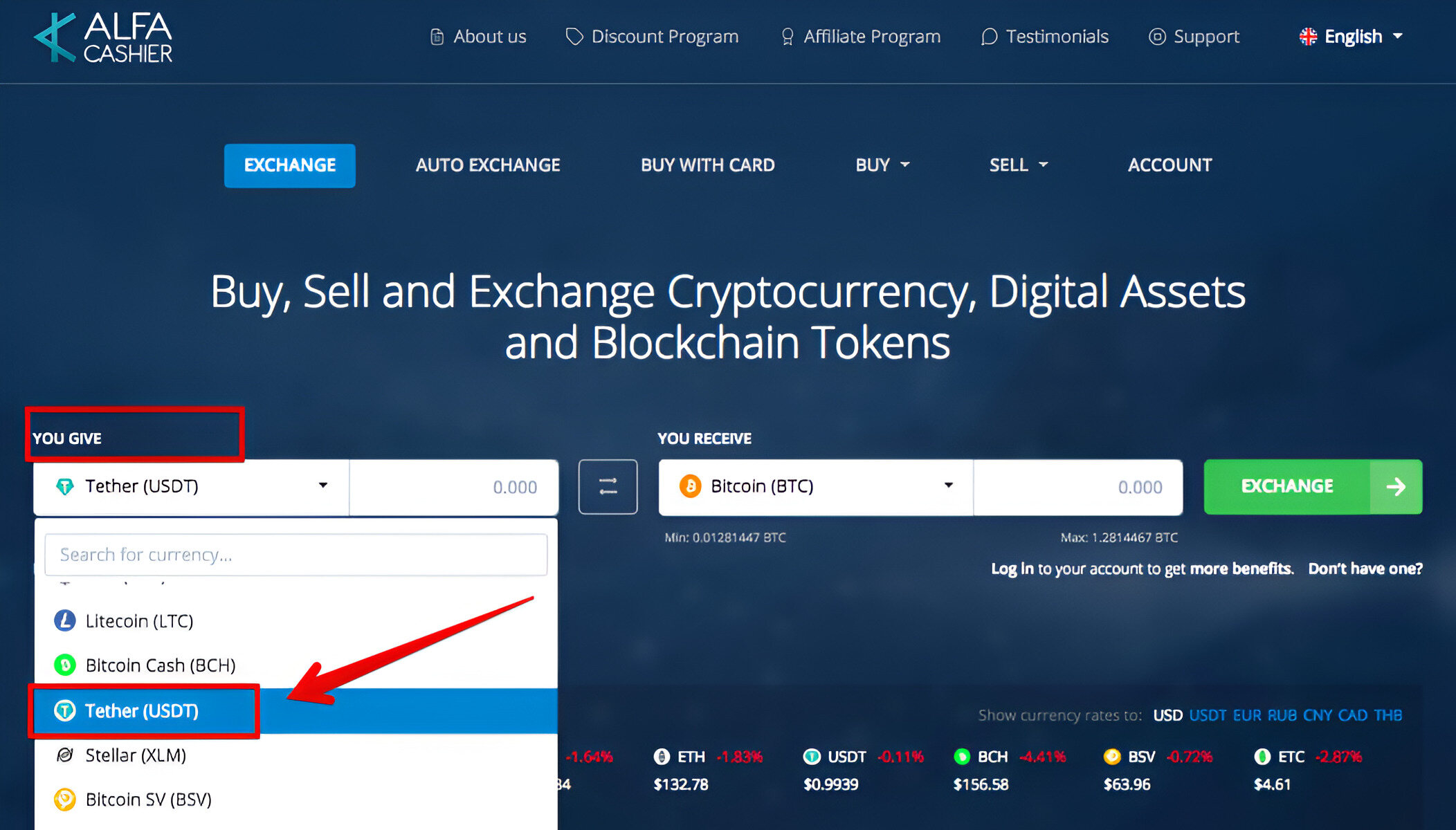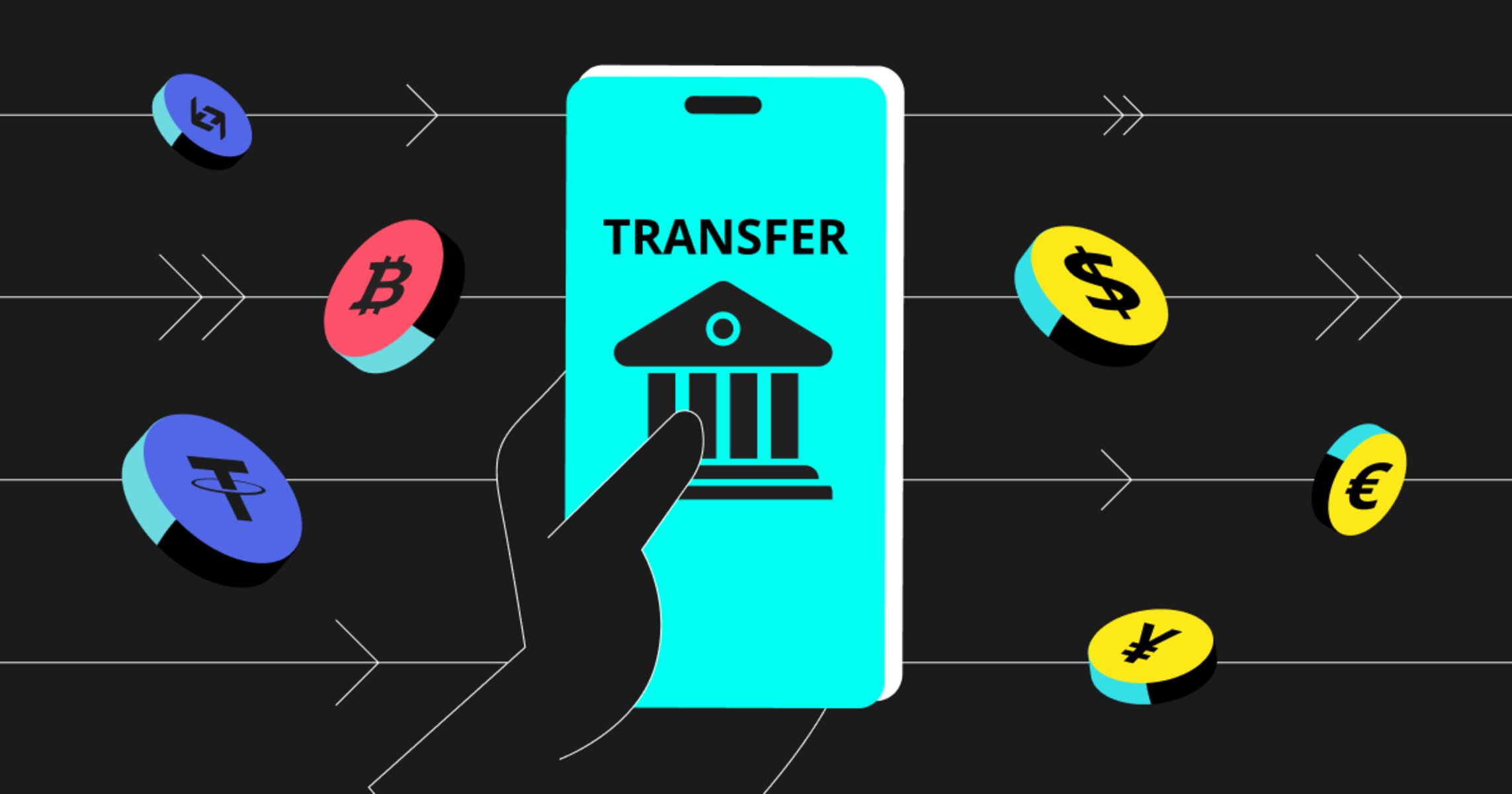Introduction
As technology continues to shape the financial industry, concepts like tokenization are gaining prominence in banking. Tokenization refers to the process of converting sensitive data, such as credit card numbers, into unique identification symbols called tokens. These tokens have no intrinsic value and are used as substitutes for the original data.
In the world of banking, tokenization serves as an effective security measure to protect customer information during transactions. It replaces the need to store sensitive data on servers or in databases, reducing the risk of data breaches and theft.
Tokenization in banking has revolutionized the way transactions are conducted, offering enhanced security and convenience to both customers and financial institutions. In this article, we will take a closer look at what tokenization entails, how it works in the banking industry, its benefits, challenges, and some real-world examples.
By understanding the fundamentals of tokenization, individuals and organizations can better appreciate its importance and potential application in the financial landscape. So, let’s dive into the fascinating world of tokenization in banking.
What is Tokenization?
Tokenization, in the context of banking, is the process of replacing sensitive data with a unique identifier known as a token. This token acts as a surrogate for the original data, such as credit card numbers, bank account details, or personally identifiable information (PII). The token itself has no intrinsic value and cannot be reverse-engineered to reveal the original data.
Tokenization is primarily used as a security measure to protect sensitive information during transactions. By substituting sensitive data with tokens, financial institutions can minimize the risk of data breaches and unauthorized access to customer information. Even if a hacker manages to intercept a token, they won’t be able to decipher the original data behind it.
The tokenization process typically involves the following steps:
- Data Acquisition: When a customer initiates a transaction, their sensitive data, such as credit card details, is collected.
- Data Encryption: The acquired data is encrypted using robust encryption algorithms to ensure its confidentiality.
- Token Generation: The encrypted data is then processed to generate a unique token, which becomes the identifier for the original data.
- Token Storage: The token, along with any non-sensitive data, is securely stored in the bank’s database, while the original sensitive data is discarded or stored in a separate secure system.
It’s important to note that tokenization is not the same as encryption, although they both aim to protect sensitive data. Unlike encryption, which can be reversed with the right decryption key, tokens are irreversible and cannot be traced back to the original data. This adds an extra layer of security and reduces the vulnerability of stored data.
Overall, tokenization plays a crucial role in safeguarding customer information within the banking industry. By adopting this technology, banks can significantly reduce the risksassociated with storing and handling sensitive data, leading to increased trust and confidence among customers.
How Does Tokenization Work in Banking?
In the banking industry, tokenization is implemented to enhance the security and efficiency of financial transactions. Let’s take a closer look at how tokenization works:
1. Data Collection: When a customer provides their sensitive information, such as a credit card number, during a transaction, the bank securely collects this data.
2. Data Encryption: The collected data is encrypted using advanced encryption algorithms. Encryption converts the sensitive information into unreadable code, adding an additional layer of protection.
3. Token Generation: Once the data is encrypted, the bank’s tokenization system generates a unique token. This token is a string of characters that has no meaning on its own and cannot be reversed to obtain the original data. The token is assigned to the customer’s transaction and acts as a surrogate for their sensitive information.
4. Token Storage: The generated token, along with any non-sensitive data related to the transaction, is stored in the bank’s secure database. The original sensitive data is either securely discarded or stored in a separate secure system.
5. Token Usage: When subsequent transactions occur, instead of transmitting the original sensitive data, the token is used. The token is sent from the point of sale or online merchant to the bank or payment processor, which recognizes and verifies the token to complete the transaction.
6. Token Decryption: Upon receiving the token, the bank’s system decrypts the token to retrieve the associated customer information. The decryption process converts the token back into the original data, enabling the bank to process the transaction securely.
This tokenization process ensures that sensitive data is shielded from potential threats throughout the entire transaction lifecycle. Even if a hacker manages to intercept the token, it would be useless without the encryption key or algorithm to decrypt it.
It’s worth noting that tokenization doesn’t specifically focus on credit card data. It can also be applied to secure other sensitive data such as bank account numbers, personal identification numbers (PINs), and social security numbers.
The adoption of tokenization in banking provides numerous benefits, including enhanced security, streamlined transactions, and reduced risks associated with storing sensitive customer information.
Benefits of Tokenization in Banking
Tokenization brings various advantages to the banking industry, ensuring secure and efficient financial transactions. Let’s explore some key benefits of tokenization:
1. Enhanced Security: Tokenization significantly enhances the security of sensitive data. By replacing actual customer information with unique tokens, the risk of data breaches and identity theft is greatly reduced. Even if a token is intercepted, it is useless without the encryption key and cannot be reversed to reveal the original data.
2. Reduced Data Storage Requirements: With tokenization, banks can minimize the need to store sensitive customer data on their servers or databases. Instead, they only need to store the generated tokens along with non-sensitive transaction information. By reducing the amount of stored sensitive data, the risk of unauthorized access or data leaks is significantly mitigated.
3. Streamlined Compliance: Tokenization assists banks in meeting regulatory requirements and industry standards, such as the Payment Card Industry Data Security Standard (PCI DSS). By reducing the storage of actual customer data, banks can simplify compliance processes and reduce the scope of audits and assessments.
4. Improved Customer Experience: Tokenization contributes to a seamless and convenient customer experience. Customers can confidently engage in transactions, knowing that their sensitive information is protected. Additionally, tokenization allows for swift and efficient processing of transactions, reducing wait times and ensuring smoother interactions.
5. Fraud Prevention: Tokenization serves as a powerful tool in preventing fraudulent activities. Since tokens are unique and cannot be linked back to the original data, they provide an additional layer of protection against unauthorized transactions and fraudulent use of sensitive information.
6. Ease of Integration: Tokenization technology is designed to integrate seamlessly with existing banking systems and infrastructure. Financial institutions can implement tokenization solutions without disrupting their existing operations, ensuring a smooth transition and compatibility with their current systems.
7. Scalability and Flexibility: Tokenization can easily scale to accommodate the growing needs of banks and their customers. As customer transactions increase, tokenization systems can handle higher volumes without sacrificing security or performance. Additionally, tokenization can be applied across multiple channels, such as in-store purchases, online transactions, and mobile payments.
These benefits highlight the immense value that tokenization brings to the banking sector. By adopting tokenization technology, banks can strengthen their security measures, streamline operations, and enhance the overall customer experience.
Challenges and Risks of Tokenization in Banking
While tokenization offers significant advantages in banking, there are also challenges and risks that financial institutions need to consider. Let’s explore some of the potential challenges and risks associated with tokenization:
1. Implementation Complexity: Integrating tokenization systems into existing banking infrastructure can be a complex process. Depending on the size and complexity of the organization, implementing tokenization may require modifications to existing systems, training staff, and ensuring compatibility with various payment platforms and technologies.
2. Tokenization Standards: The adoption of tokenization in banking is still evolving, and there is currently no universally accepted standard for token formats and implementations. This lack of standardization can lead to compatibility issues between different systems and potential difficulties when collaborating with external organizations.
3. Tokenization Costs: Implementing and maintaining a tokenization system can involve significant costs. Financial institutions need to invest in technology infrastructure, staff training, and ongoing maintenance and upgrades. Additionally, there may be licensing fees associated with using tokenization solutions provided by third-party vendors.
4. Token Security: While tokenization enhances security, it is not entirely risk-free. There is a potential risk of token theft or compromise. If a token is intercepted and its associated encryption key is acquired, it could potentially be used to gain access to the original data. Financial institutions must implement robust security measures to protect tokens and encryption keys.
5. Regulatory Compliance: Despite the security benefits, tokenization introduces complexities to regulatory compliance. Financial institutions must ensure that their tokenization systems adhere to applicable data protection laws and industry regulations, such as GDPR and PCI DSS. Compliance with these regulations may require periodic audits, assessments, and updates to the tokenization processes and security controls.
6. Vendor Selection: Financial institutions often rely on third-party vendors for tokenization solutions. Choosing the right vendor is critical, as it directly impacts the security and functionality of the tokenization system. Financial institutions need to conduct thorough due diligence, assess vendor capabilities, and ensure that the chosen vendor complies with industry standards and best practices.
7. System Integration: Integrating tokenization systems with various payment platforms and technologies can be challenging. Financial institutions need to ensure smooth integration with existing systems, including point-of-sale devices, online payment gateways, and mobile banking applications, to ensure a seamless and consistent customer experience.
8. Token Lifecycle Management: Proper management of token lifecycle poses a challenge. Financial institutions need to ensure that tokens are created, used, and retired effectively. Failure to manage token lifecycles properly can result in issues such as token duplication or tokens being reused, compromising the security and integrity of the tokenization system.
By recognizing these challenges and risks, financial institutions can proactively address them and implement appropriate measures to mitigate potential issues.
Examples of Tokenization in Banking
Tokenization is widely adopted in the banking industry, and several prominent examples demonstrate its effectiveness in enhancing security and improving customer experiences. Here are a few real-world examples:
1. Mobile Payment Apps: Many mobile payment apps, such as Apple Pay and Google Pay, use tokenization to secure payment transactions. When a user adds their credit card to the app, the sensitive card details are tokenized. This token is then used for contactless mobile payments, ensuring that the actual card information is never shared with merchants or stored on the device.
2. EMV Chip Cards: EMV chip cards, widely used in banking, utilize tokenization for enhanced security. When a customer inserts an EMV chip card into a point-of-sale terminal, the card generates a unique token for that specific transaction. The token, along with encrypted card data, is sent to the payment network for verification, protecting the customer’s card information from potential fraud.
3. Online Retail Transactions: E-commerce platforms and online retailers employ tokenization to secure online transactions. When a customer enters their card details during the checkout process, the sensitive data is tokenized. This token is used for payment processing, reducing the risk of data breaches or unauthorized access to the actual card information.
4. ATM Transactions: Tokenization is used in ATM transactions to enhance security. When a customer inserts their card into an ATM, the card’s magnetic stripe or chip is read to generate a token specific to the transaction. This token is then used to process the transaction securely, minimizing the risk of card skimming or cloning.
5. Tokenization Platforms: Some financial institutions offer tokenization platforms that enable businesses to tokenize their customers’ payment information securely. These platforms generate unique tokens for each customer, allowing businesses to process transactions while eliminating the need to store or handle sensitive card data directly.
6. Data Sharing and Collaboration: Tokenization is also utilized in banking for data sharing and collaboration between financial institutions and third-party vendors. By tokenizing customer information, banks can securely share data with authorized vendors for services like credit scoring, fraud detection, and customer verification without exposing sensitive information.
These examples highlight the diverse applications of tokenization in the banking industry. Tokenization not only enhances security but also enables seamless and convenient transactions across various banking channels, providing customers with peace of mind and confidence in their financial interactions.
Conclusion
Tokenization has emerged as a powerful tool in the banking industry, revolutionizing the way sensitive data is stored and secured during transactions. By converting sensitive information into unique tokens, financial institutions can significantly reduce the risk of data breaches and provide customers with enhanced security and peace of mind.
The implementation of tokenization in banking offers several key benefits. It not only enhances the security of customer data but also streamlines compliance with industry regulations and reduces the storage requirements for sensitive information. Tokenization provides a seamless and convenient customer experience, fostering trust and confidence in financial transactions.
However, tokenization also poses challenges and risks that financial institutions must address. These include the complexity of implementation, ensuring token security, regulatory compliance, and proper management of token lifecycles. Financial institutions need to carefully select vendors, integrate tokenization systems with existing infrastructure, and monitor and adapt to evolving tokenization standards.
Despite these challenges, real-world examples demonstrate the successful application of tokenization in various areas, including mobile payment apps, EMV chip cards, online retail transactions, ATM transactions, and data sharing collaborations. These examples showcase the versatility and effectiveness of tokenization in securing sensitive data and improving customer experiences.
In conclusion, tokenization plays a vital role in strengthening the security and efficiency of banking transactions. By adopting tokenization technology, financial institutions can better protect customer data, streamline operations, and build trust among their clientele. As technology advances and cyber threats evolve, tokenization will continue to be an essential tool in safeguarding sensitive information and ensuring the integrity of the banking industry.







